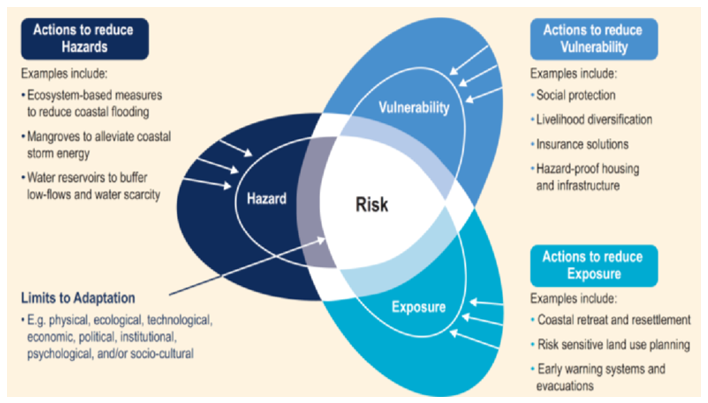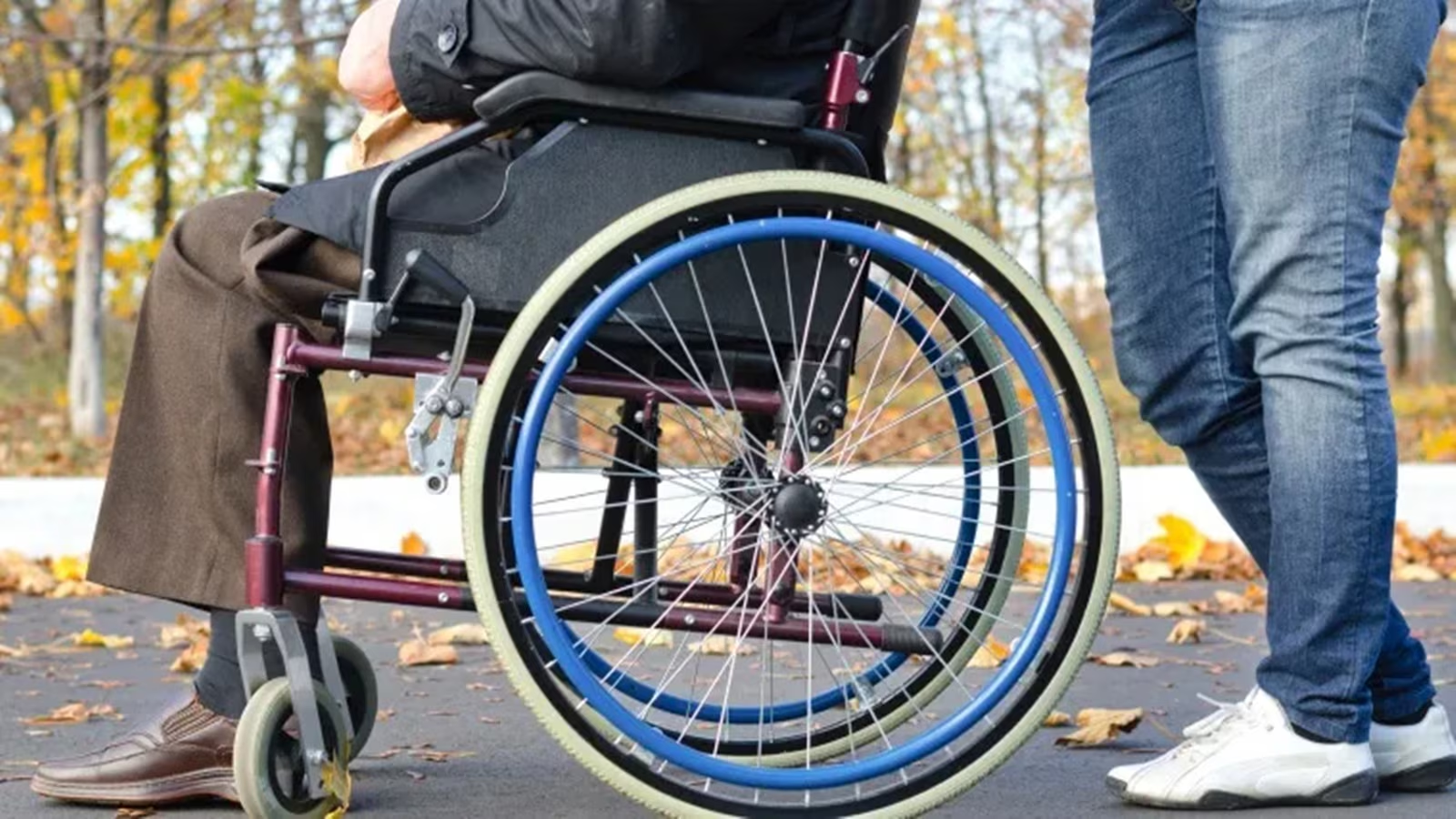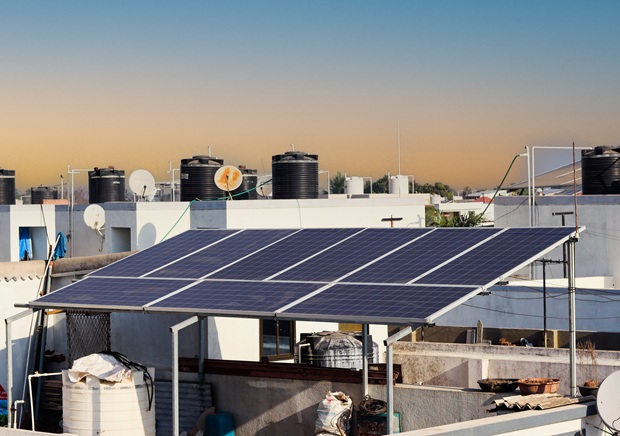- Courses
- GS Full Course 1 Year
- GS Full Course 2 Year
- GS Full Course 3 Year
- GS Full Course Till Selection
- Online Program
- GS Recorded Course
- NCERT (Recorded 500+ Hours)
- Polity Recorded Course
- Geography Recorded Course
- Economy Recorded Course
- AMAC Recorded Course
- Modern India, Post Independence & World History
- Environment Recoded Course
- Governance Recoded Course
- Science & Tech. Recoded Course
- International Relations and Internal Security Recorded Course
- Disaster Management Module Course
- Ethics Recoded Course
- Essay Recoded Course
- Current Affairs Recoded Course
- CSAT
- 5 LAYERED ARJUNA Mentorship
- Public Administration Optional
- ABOUT US
- OUR TOPPERS
- TEST SERIES
- FREE STUDY MATERIAL
- VIDEOS
- CONTACT US
UNDRR RELEASED GLOBAL ASSESSMENT REPORT ON DRR 2023
UNDRR RELEASED GLOBAL ASSESSMENT REPORT ON DRR 2023
17-07-2023
Latest Context
The UN Global Assessment Report on Disaster Risk Reduction (GAR) is the flagship report of the United Nations on efforts made throughout the world to lower the risk of disasters. The GAR is published by the UN Office for Disaster Risk Reduction (UNDRR), and it is the result of international contributions as well as public and private science and research on disaster risk.
Key Points
- The theme of the report: “Mapping Resilience for Sustainable Development Goals”.
-
Key highlights of the report:
- Over the previous 50 years, there have been five times as many disasters reported.
- Drought has increased the likelihood of crop failure and famine in South East Asia and sub-Saharan Africa by 80%.
- The Sahel's Great Green Wall to combat desertification, India's Heat action plans in towns to deal with heatwaves, etc. are examples of global best practices for resilience.
- A system, community, or society that is exposed to risks is said to be resilient if it can resist, absorb, accommodate, adapt to, change, and recover from the consequences of a hazard quickly and effectively.
- Resilience is promoted by a combination of societal well-being (people), ecological or biophysical well-being (planet), and economic well-being (prosperity).
- Through a prevention-focused attitude, DRR aims to reduce the harm caused by natural disasters including earthquakes, floods, droughts, and cyclones.
-
Recommendations:
- Early investments in resilience and adaptation can reduce costs associated with hazard consequences.
- Both the public and commercial sectors will need to invest in and adapt to resilience building.
- The Sendai Framework for DRR 2015–2030 is being looked after by the UNDRR, which has its headquarters in Geneva.
Facts about the UN Office for Disaster Risk Reduction (UNDRR/UNISDR)
- Previously known as the UN's International Strategy for Disaster Reduction (UNISDR).
- A worldwide framework developed inside the United Nations for advocating action to reduce societal vulnerability and natural hazard risks, as well as linked technical and environmental catastrophes, is known as the United Nations International Strategy for Disaster Reduction (UNISDR).
- The International Strategy for Disaster Reduction (ISDR) was made more easily implementable in 1999 with the establishment of the UNISDR as a specialised secretariat.
- Headquartered is in Geneva, Switzerland.
- Its mandate is to operate as the focal point for the coordination of disaster reduction throughout the UN system and to guarantee cross-pollination of disaster reduction efforts.
- The UN Special Representative of the Secretary-General for Disaster Risk Reduction (SRSG) oversees this organisational division of the UN Secretariat.
- With the responsibility of serving as the Sendai Framework's custodian and assisting nations and societies in its implementation, monitoring, and assessment of progress, the aim of the UNISDR Strategic Framework 2016–2021 is to significantly decrease catastrophe risk and losses for a sustainable future.
- The Sendai Framework for Disaster Risk Reduction (2015–2030) is monitored and implemented through the Global Platform for Disaster Risk Reduction (GP), a biannual multi-stakeholder meeting.

Sendai Framework for Disaster Risk Reduction 2015–2030
-
Sendai Framework: 4 Priorities
- Investing in disaster reduction for resilience.
- Understanding disaster risk.
- Strengthening disaster risk governance to manage disaster risk.
- Enhancing disaster preparedness for effective response, and to “Build Back Better” in recovery, rehabilitation and reconstruction.
-
Sendai framework: 7 targets
- 2016 – Target (a): By 2030, much lower global catastrophe mortality is desired, to achieve a per 100,000 worldwide fatality rate that is lower in the decade 2020–2030 than it was from 2005–2015.
- 2017 – Target (b): By 2030, much fewer individuals will be impacted internationally, to achieve a lower average global figure per 100,000 persons in the decade 2020–2030 compared to the decade 2005–2015.
- 2018 – Target (c): By 2030, cut the direct economic damage from disasters in ratio to the world's GDP.
- 2019 – Target (d): through 2030, significantly lessen the interruption of vital services, such as healthcare and education, and damage to key infrastructure as a result of disasters, in part through enhancing their resilience.
- 2020 – Target (e): By 2020, significantly more nations will have local and national catastrophe risk reduction policies in place.
- 2021 – Target (f): Significantly increase international collaboration with developing nations by providing them with appropriate and long-lasting support to complement their national efforts to implement the current Framework by 2030.
- 2022 – Target (g): By 2030, greatly expand public access to catastrophe risk information and assessments as well as multi-hazard early warning systems.
Must Check: IAS Coaching Centre In Delhi



